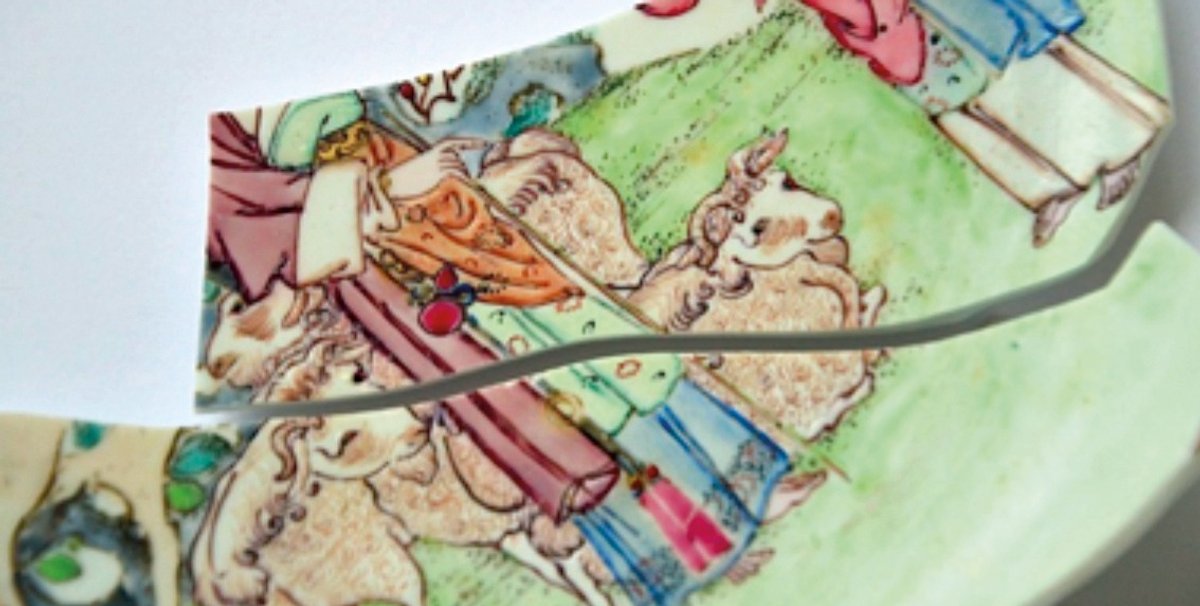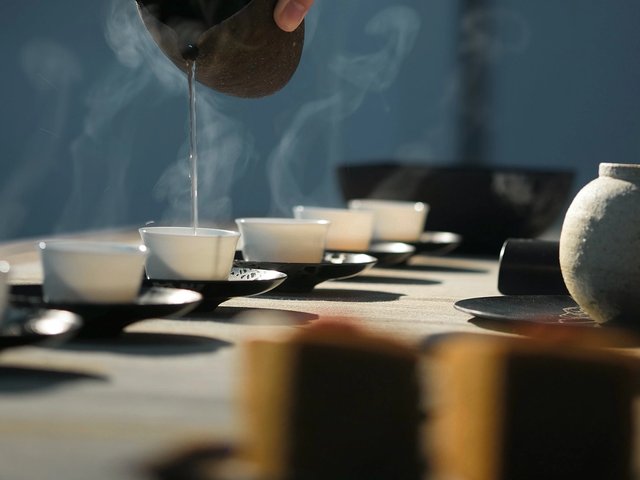Tests conducted by UK scientists show that, from the early 18th century, Chinese artisans used European cobalt blue to produce famille rose porcelain. This is the first scientific evidence that overglaze pigment was imported from Europe from the early part of the Qing Dynasty (1644-1912).
Cobalt blue was an important pigment in the production of Chinese porcelain during this period. The cobalt used for blue-and-white ceramics was locally mined in China and has a high manganese content. But famille rose porcelain needed finer European cobalt, which gives a purer blue. European cobalt was also less susceptible to running when the glaze was fired.
Andrew Shortland, a professor at the Cranfield Forensic Institute in Wiltshire, led a scientific team that tested 112 porcelain fragments, using Laser Ablation Inductively Coupled Plasma Mass Spectrometry. The full results are published in the April issue of the Journal of Archaeological Science.
The tested famille rose samples had a cobalt that is rich in nickel, zinc, arsenic and bismuth, but with less manganese. No Chinese cobalt has these characteristics, but they closely match that from Erzgebirge in eastern Germany.
The scientists believe that the cobalt was sent in the form of coloured glass (smalt). Although mined in Germany, it was probably shipped from London. It would have gone by sea to Canton (Guangzhou) and then overland 800km to the north to China’s porcelain capital, Jingdezhen.




